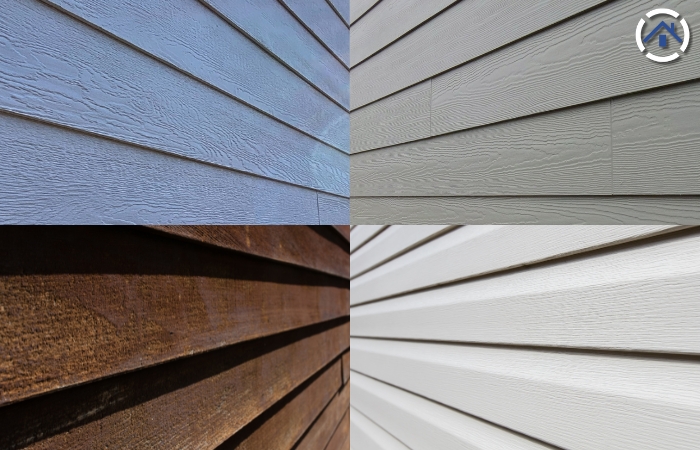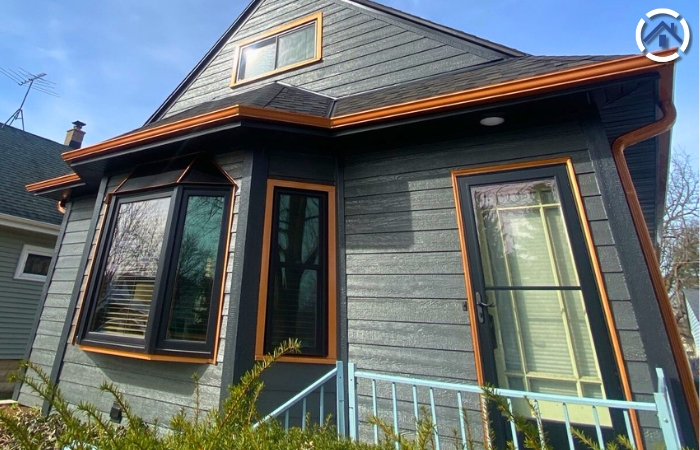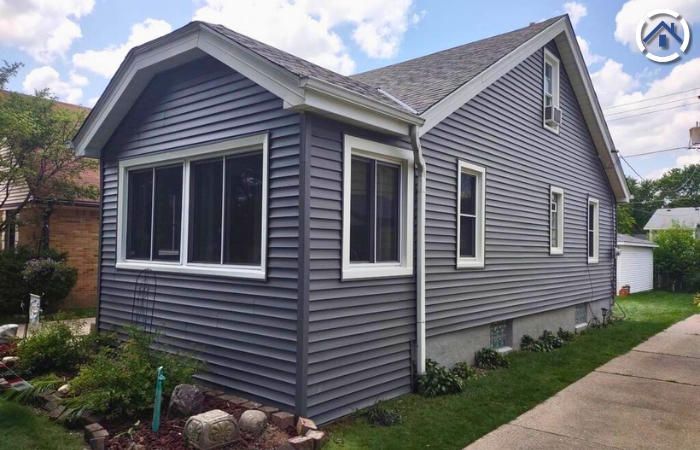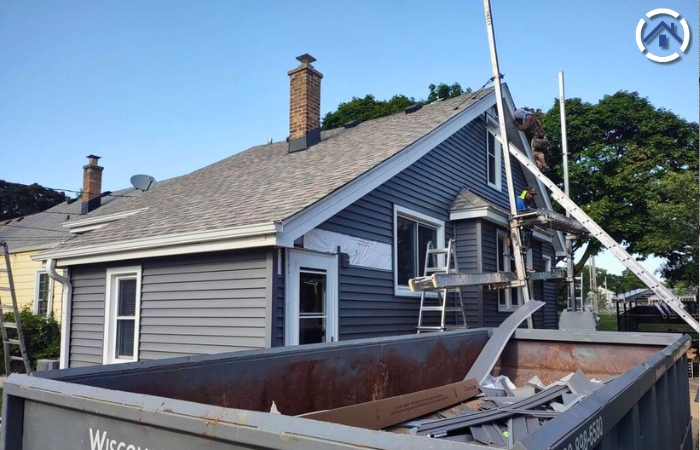
Choosing the right siding for your home in Wisconsin is not just a matter of aesthetics—it's a critical decision that impacts the longevity and resilience of your property. With Wisconsin's climate swinging from frigid, snow-laden winters to sweltering, humid summers, homeowners face unique challenges in protecting their homes from the elements.
In this comprehensive guide, we'll explore the best siding options for Wisconsin's demanding weather conditions. By examining how different siding materials perform under the state's diverse climate, you'll gain valuable insights to help you select the perfect siding that not only enhances your home's curb appeal but also stands the test of time.
With more than 20 years of outstanding performance, LP SmartSide has established itself as one of the preferred choices among remodelers, builders, and construction professionals. Crafted from engineered wood and resin with enhanced durability, this siding delivers a sophisticated blend of aesthetic appeal and robustness. It is renowned for its longevity, ease of installation, and enduring curb appeal, making LP SmartSide a dependable and attractive option in the market.
Pros:

Cons:
Hardie Board, also known as James Hardie Siding, was developed in the 1980s. This innovative siding material was designed to address the need for a durable, low-maintenance exterior option that could withstand harsh weather conditions.
The manufacturing process of Hardie Board involves mixing Portland cement, sand, and cellulose fibers to create a highly resilient composite. The mixture is then pressed into boards and cured under controlled conditions to ensure strength and durability.
Pros:
Cons:
Cedar siding has been a classic choice for homeowners seeking both beauty and durability in their exterior cladding. Renowned for its rich, warm tones and natural grain patterns, cedar adds a timeless, elegant appeal to any home. Additionally, cedar’s ability to hold paint and stains well allows for a range of finishes, making it versatile for various architectural styles. With its deep-rooted tradition in construction, cedar siding continues to be favored for its aesthetic charm and proven performance.
Pros:
Cons:
Vinyl siding has become a go-to option for homeowners seeking an economical and versatile exterior cladding solution. Its primary appeal lies in its affordability, making it an excellent choice for those looking to manage costs without compromising on style, also available in a broad spectrum of colors. Its lightweight nature and ease of installation also contribute to its popularity.

Pros:
Cons:
When choosing siding, it’s essential to balance the initial cost with long-term maintenance expenses. Some siding materials may have a higher upfront cost but require less maintenance over time, potentially saving you money in the long run.
For example, LP SmartSide and Hardie Board might be pricier initially but generally last longer and need less frequent upkeep compared to vinyl siding, which might be cheaper but can require more regular repairs and replacements.
The appearance of your home is a significant consideration. Different siding materials and styles can dramatically change the look of your house.
For example, traditional wooden clapboard siding can enhance a classic, colonial-style home, while sleek metal siding might be better suited for a modern, minimalist design. Think about how the siding material will fit with the architectural style of your home and neighborhood.
Energy efficiency is another important factor. Some siding materials offer better insulation, which can help reduce your heating and cooling costs. Consider how well the siding will perform in terms of insulation and its impact on your home's energy efficiency.
Different siding materials come with varying maintenance needs. Wood siding, while aesthetically pleasing, often requires regular painting or staining to prevent rot and decay. On the other hand, vinyl siding is relatively low-maintenance and only needs occasional cleaning. Assess how much time and effort you’re willing to invest in maintaining your siding to choose a material that fits your lifestyle.
Professional Installation
Proper installation is crucial to ensure the siding performs well and lasts as long as possible. Hiring experienced contractors who are familiar with the specific material you're using can help avoid common issues such as improper sealing, misalignment, or installation defects.
Professional installers bring expertise that can ensure your siding is installed correctly and efficiently, maximizing its lifespan and performance.

Warranty and Longevity
When selecting siding, check the product warranties and understand what they cover. A good warranty will protect you against manufacturing defects and, in some cases, installation issues.
Additionally, research the expected lifespan of the siding material. Some materials come with longer warranties and have proven durability over time. Understanding these factors can help you make an informed decision and ensure you’re investing in a siding option that will stand the test of time.
Choosing the right siding for your Wisconsin home is essential for both durability and style, given the state's extreme weather conditions. Each siding option, whether it’s LP SmartSide, Hardie Board, cedar, or vinyl, offers distinct benefits and considerations. Balancing aesthetics, energy efficiency, and maintenance needs will help ensure your choice enhances your home's appearance while standing up to Wisconsin’s climate.
To achieve the best results, consulting with experienced professionals is crucial. Skilled contractors can provide expert advice and ensure proper installation, which is key to maximizing the lifespan and performance of your siding. Investing in both the right material and expert installation will ensure your home remains protected and looks great for years to come.